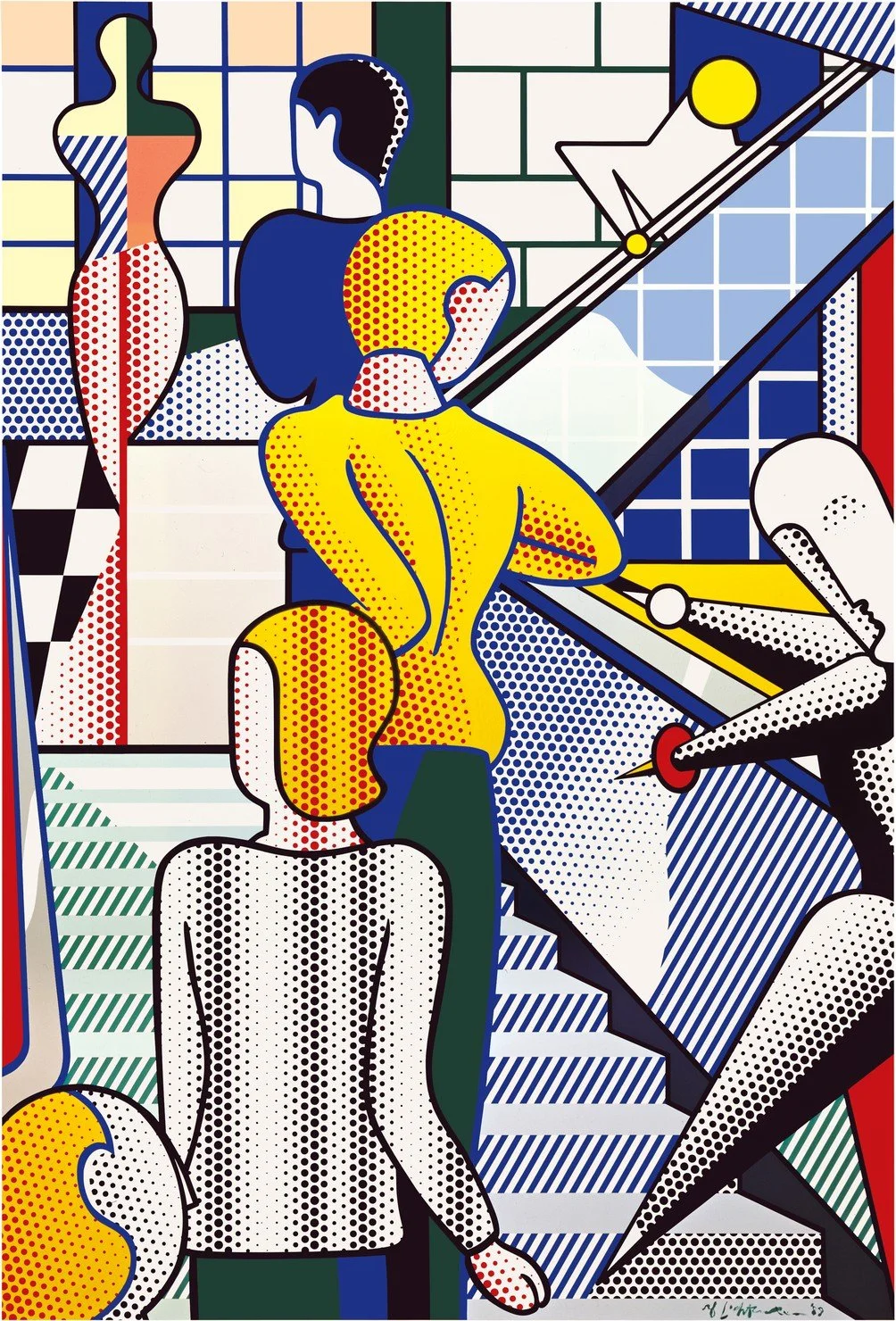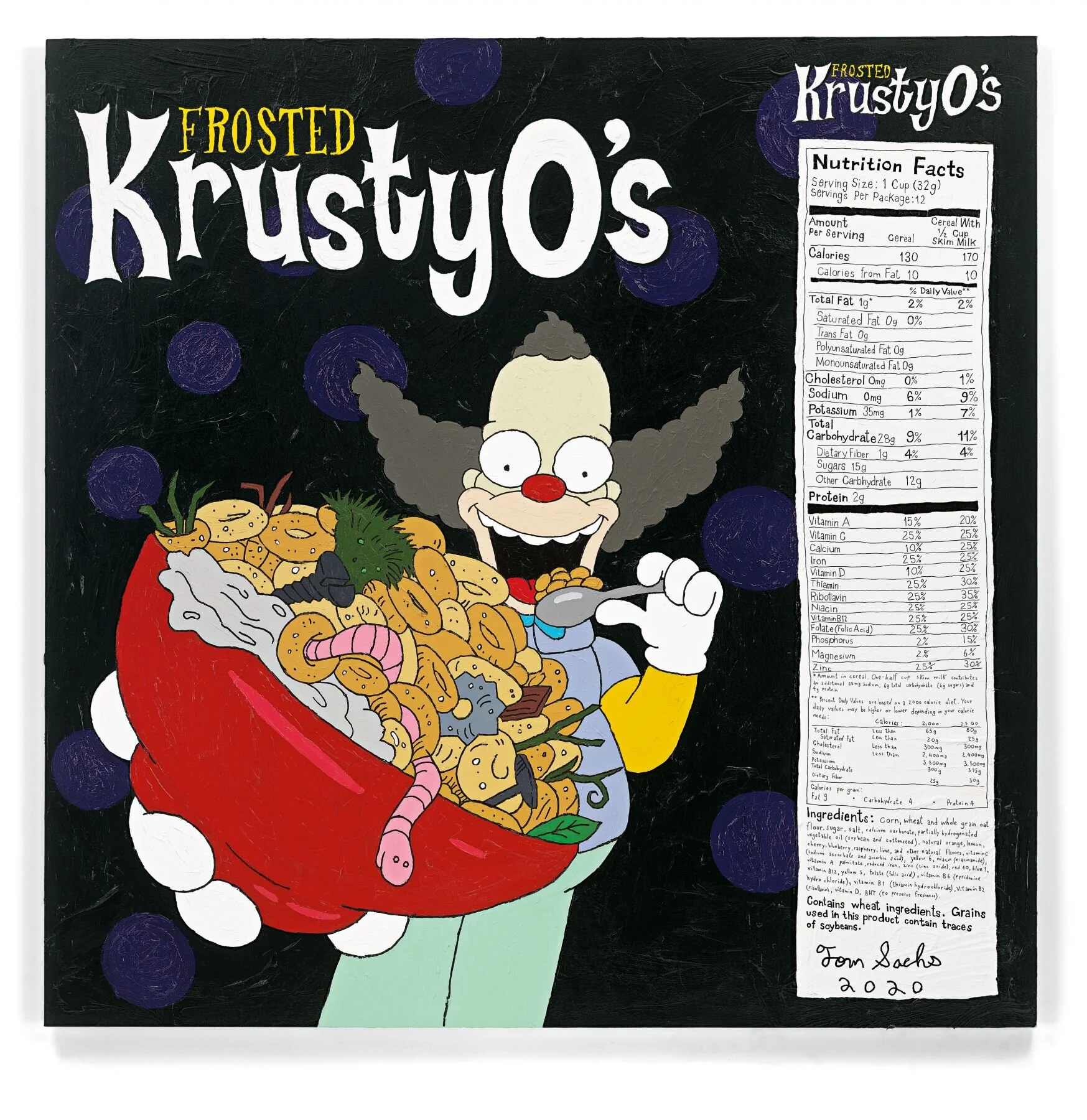Roy Lichtenstein
“Lichtenstein Remembered”
New York, 980 Madison Avenue
To create the miraculous drawings in space that constitute his sculptural work, Lichtenstein employed an array of visual strategies familiar from his painting and printmaking. Representing glasses, lamps, mirrors, and mobiles, as well as portrait heads and stylized explosions, he produced witty and seductive sculptures in the Pop art mode of which he was a progenitor. Referencing his adaptation of popular print media in general and comic book illustration in particular, the works on view in New York evoke the stylistic and conceptual innovations of artists including Matisse and Picasso.
Also included in Lichtenstein Remembered are drawn and painted studies that illuminate the sculptures’ conception and manufacture. Desk Explosion (1965), for instance, is a small sculpture in porcelain enamel on steel that reduces its subject to a burst of yellow and red, with the perforations in a flat sheet of white metal representing a cloud of smoke that approximates the artist’s use of the Benday dot. Desk Explosion (Study) (c. 1965) is a loose pencil sketch of the same basic form that has a jagged energy all its own. Lichtenstein turned such outlines into full-scale drawings from which an assistant, sculptor Carlos Ramos, made wooden maquettes. Tallix Foundry (now UAP) used these to produce molds, from which the sculptural editions were cast (most often in bronze), and then typically painted and patinated.
“Though obviously sculptural in the common meaning of the term, heavy wrought objects freestanding in space,” writes Adam Gopnik in the exhibition’s catalogue, “these works are more optical than tactile—planar and pictorial, more than ‘haptic’ and three-dimensional, more like crystallized drawings than like full-bodied sculpture. They invite us to look through them, rather than to walk around them.” Lichtenstein incorporates multiple layers of reference into each work, alluding to the aesthetic codes of modern art and design; examples such as Cup and Saucer 1 (c. 1976) combine allusions to the reductive palette of Mondrian, the biomorphic forms of Surrealism, the patterning of Deco ornamentation, and the graphic shorthand of cartoons.
Daniel Belasco, in his catalogue essay, repeats Diane Waldman’s earlier assertion that Lichtenstein’s sculptures are three-dimensional projections of his paintings—a claim also endorsed by the artist himself—but counters it with the more radical argument that the artist in fact set out to “assassinate” sculpture by revealing its fundamental artificiality and dependence on art historical self-reference. Pointing out that sculpture differs from painting in that it has no need to replicate physical volume, Belasco describes how Lichtenstein’s sculptures modify, teasingly, the painter’s language of modeling and foreshortening.






